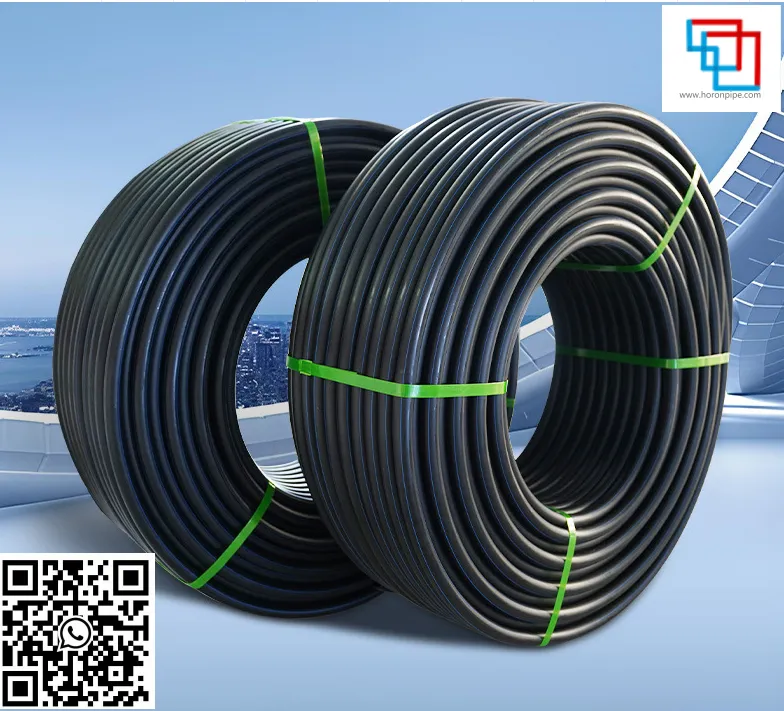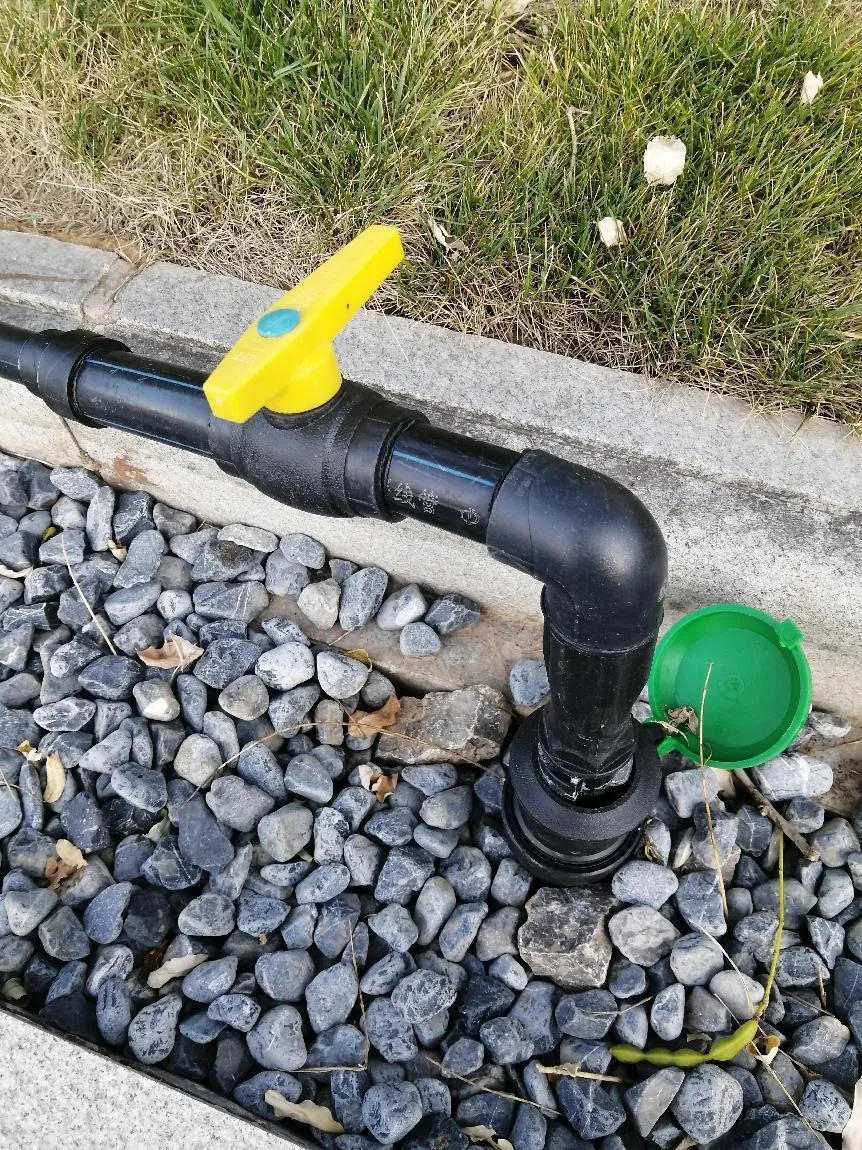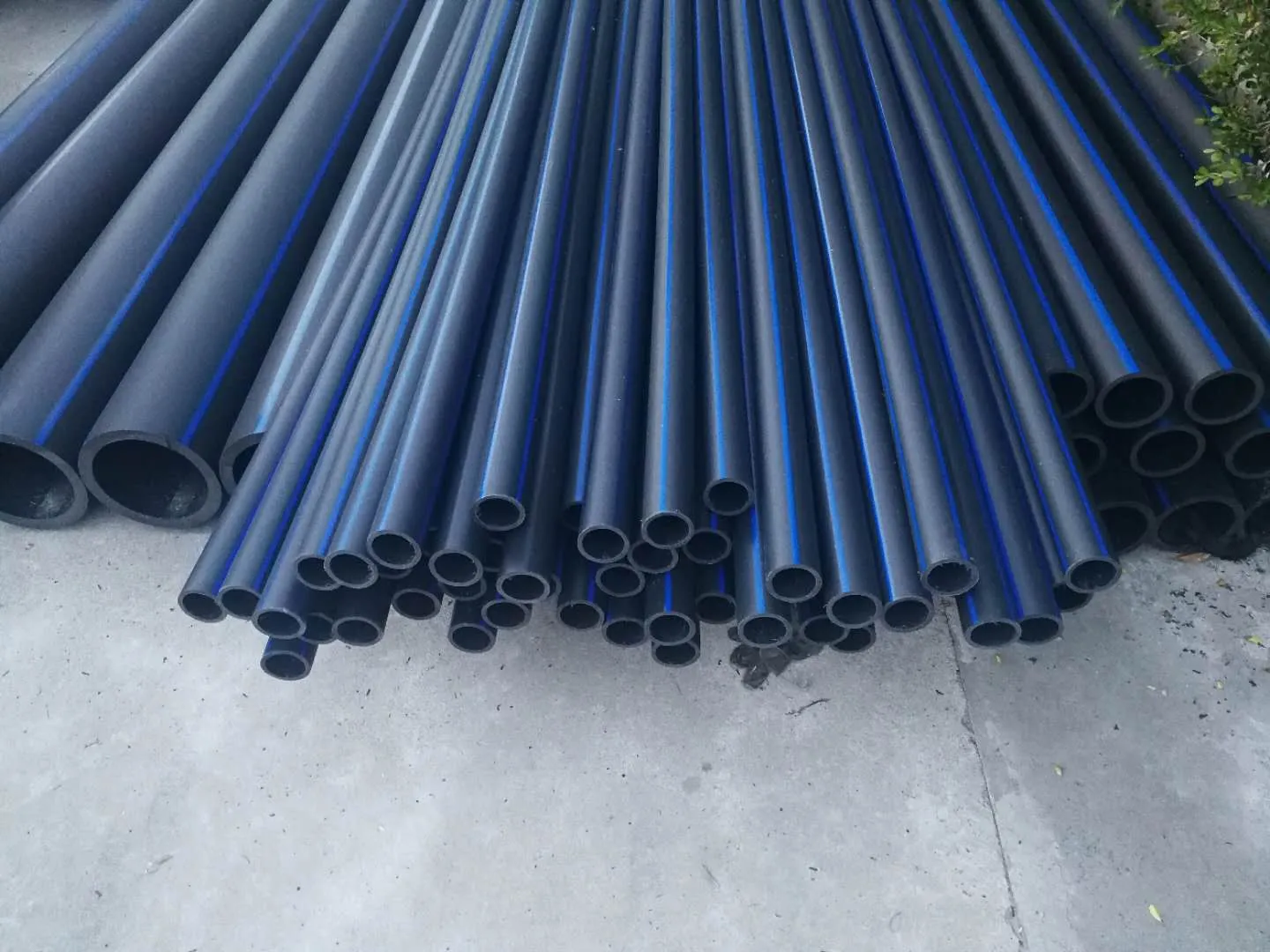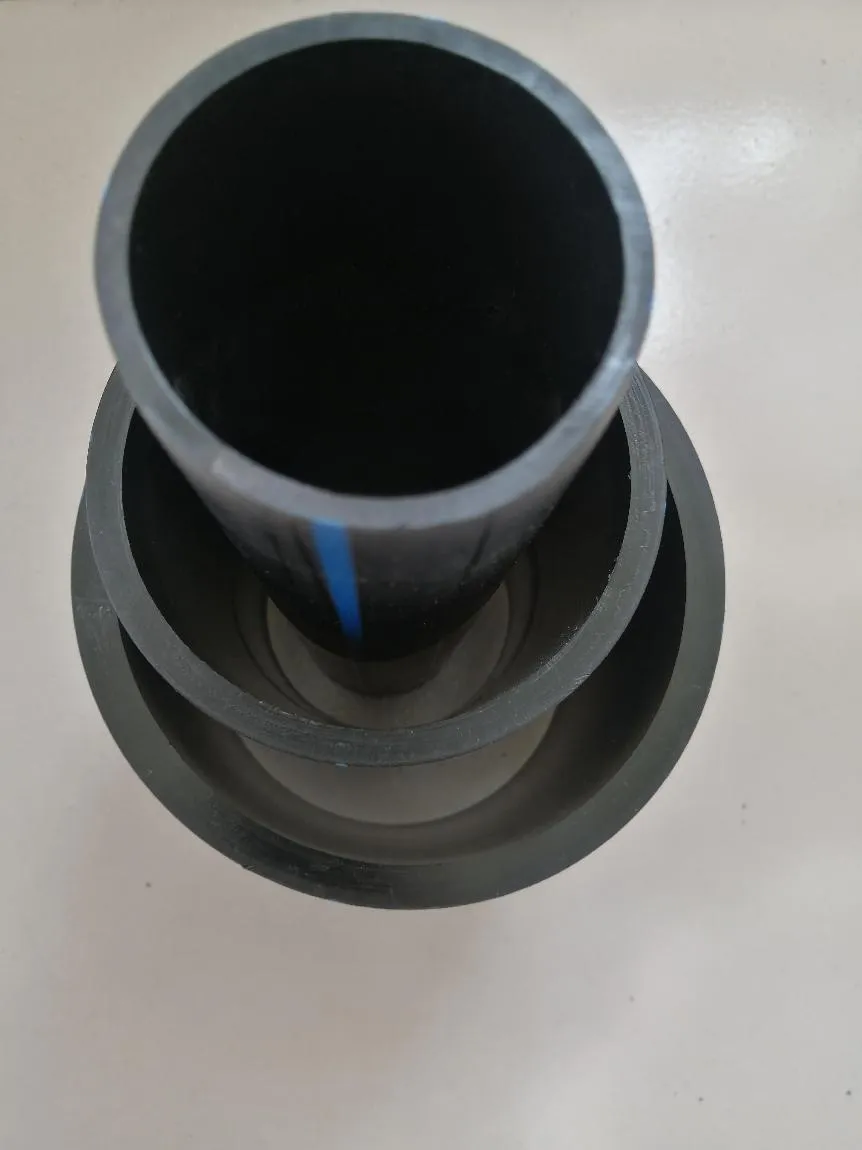Oct . 08, 2024 09:36 Back to list
The Versatility and Durability of HDPE Pipes: Revolutionizing Water Supply and Irrigation
In the realm of modern infrastructure, the significance of efficient and reliable piping systems cannot be overstated. From the humble beginnings of traditional materials like metal and concrete, the industry has evolved to embrace innovative solutions that are not only cost-effective but also environmentally friendly. Among these, HDPE pipes (High-Density Polyethylene Pipes) have emerged as a game-changer, revolutionizing water supply, irrigation, and various other fluid transportation applications. This comprehensive blog delves into the world of HDPE tube pipe, exploring their unique properties, applications, advantages, and the intricacies of selecting the right HDPE pipe sizes and fittings.

Introduction to HDPE Pipes
HDPE tube pipe are manufactured from high-density polyethylene, a thermoplastic resin known for its exceptional strength, flexibility, and resistance to corrosion. Unlike traditional pipe materials, HDPE pipes are lightweight yet incredibly durable, making them an ideal choice for a wide range of applications. They come in various diameters and sizes, catering to the specific requirements of different projects, from small-scale residential water supply systems to large-scale industrial applications.
Key Applications of HDPE Pipes
- Water Supply Systems:HDPE pipes have become the go-to solution for modern water supply networks. Their ability to withstand harsh environmental conditions, including extreme temperatures and chemical exposure, ensures a continuous and safe flow of potable water. Additionally, their smooth interior walls reduce friction, enhancing flow rates and minimizing energy consumption.
- Irrigation Systems:In agriculture, HDPE irrigation pipe fittingsand tubing have transformed irrigation practices. Their flexibility allows for easy installation across uneven terrain, reducing installation costs and time. Moreover, HDPE tube pipe are resistant to root penetration, ensuring long-term durability and minimizing maintenance requirements.
- Sewage and Drainage Systems:Their corrosion-resistant properties make HDPE pipes ideal for sewage and drainage systems. They can withstand the corrosive effects of sewage and other waste materials, ensuring a smooth flow and reducing the risk of blockages or leaks.
- Gas Transmission:HDPE tubing are also used in gas transmission systems, particularly for natural gas and propane. Their high-pressure rating and excellent sealing capabilities make them a safe and reliable option for transporting flammable gases.
- Mining and Industrial Applications:In the mining industry, HDPE pipes are used for slurry transportation, while in industrial settings, they are employed for chemical processing and other fluid handling tasks.

Advantages of HDPE Pipes
- Durability: HDPE tubing are highly resistant to corrosion, abrasion, and chemical attack, ensuring long-lasting performance even in harsh environments.
- Flexibility: Their flexibility facilitates easy installation, particularly in areas with difficult terrain or tight spaces.
- Cost-Effectiveness: Compared to traditional materials, HDPE pipes offer a cost-effective solution due to their lower installation and maintenance costs.
- Environmental Friendliness: HDPE is recyclable, reducing waste and promoting sustainability.
- High-Pressure Resistance: HDPE pipes can withstand high pressures, making them suitable for a variety of applications, including gas transmission.
- Smooth Interior: The smooth interior walls of HDPE pipes minimize friction, improving flow rates and reducing energy consumption.

Selecting the Right HDPE Pipe Sizes and Fittings
When selecting HDPE pipe sizes and fittings, several factors need to be considered, including the intended application, flow rate requirements, and the specifications of the existing infrastructure. Here are some key points to keep in mind:
- Diameter and Wall Thickness: The diameter and wall thickness of the pipe determine its pressure rating and overall durability. Choosing the right combination ensures optimal performance while minimizing material waste.
- Pressure Rating: Depending on the application, pipes with different pressure ratings are available. For instance, pipes used in water supply systems typically require a higher pressure rating than those used for drainage.
- Temperature Range: HDPE pipes are designed to withstand a specific temperature range. It's crucial to select pipes that can handle the expected temperatures in the installation environment.
- Fittings and Accessories: Properly selected hdpe irrigation pipe fittingsand accessories are essential for a leak-free and efficient piping system. From elbows and tees to valves and couplings, each component must be compatible with the pipe material and suitable for the intended application.

Navigating the HDPE Pipe Size Chart
To simplify the selection process, manufacturers provide detailed HDPE pipe size charts, including HDPE pipe size chart PDFs, that outline the dimensions, pressure ratings, and other relevant specifications of various pipe sizes. These charts are invaluable resources for engineers, contractors, and homeowners alike, as they help in identifying the most suitable pipe size for a given application.
HDPE tubing have firmly established themselves as a premier choice for water supply, irrigation, sewage, and various other fluid transportation applications. Their versatility, durability, and cost-effectiveness make them an ideal solution for modern infrastructure projects. As we continue to explore new frontiers in infrastructure development, HDPE pipes will undoubtedly play a pivotal role in shaping the future of sustainable and efficient fluid transportation systems. By understanding their unique properties, applications, and the intricacies of selecting the right sizes and fittings, we can harness the full potential of HDPE pipes to revolutionize our water supply and irrigation networks.
-
Unveiling the Magic of PVC Irrigation Pipe
NewsJun.11,2025
-
Unlock Pipe Perfection with PPR Plumbing
NewsJun.11,2025
-
Unleashing the Hidden Potential of HDPE Tubing
NewsJun.11,2025
-
The New Frontier of PPR Plumbing Fittings Innovation
NewsJun.11,2025
-
Revolutionizing with PVC Tubing's Hidden Powers
NewsJun.11,2025
-
Advantages of HDPE Pipe in Potable Water Systems
NewsJun.11,2025

